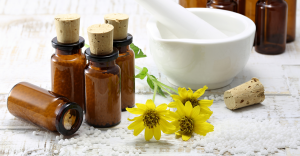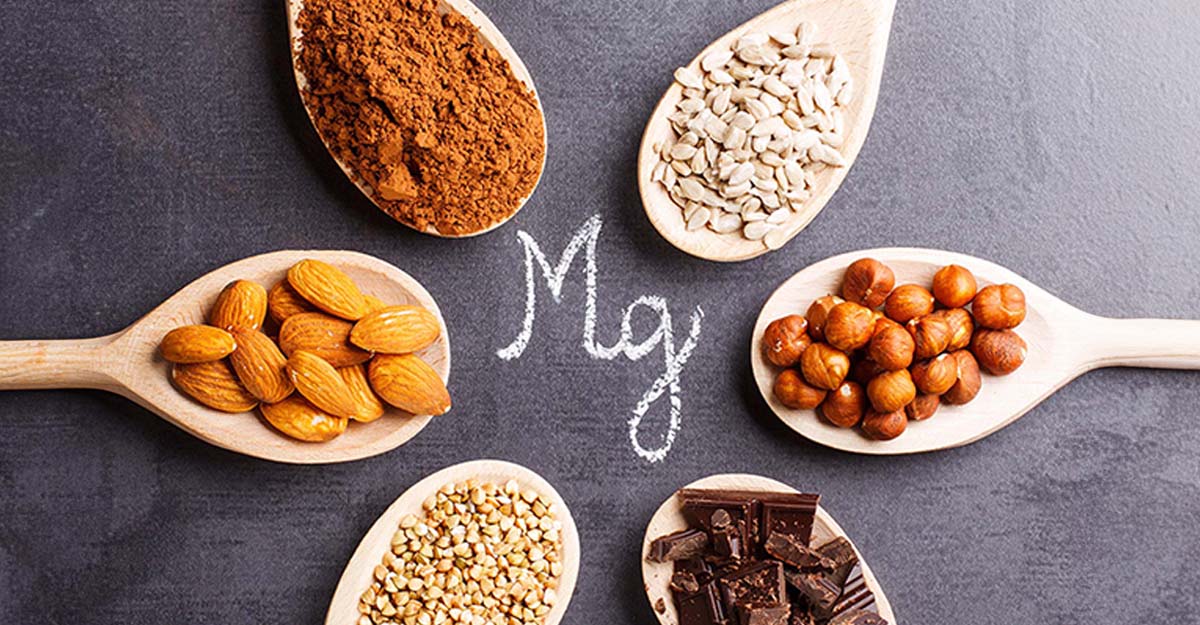
When you’re in pain, it can be hard to do anything. Pain interferes with our physical abilities, causes depression, and makes it challenging to enjoy life. Many of us will do almost anything to find relief.
Various pain medications cause side effects, which can be avoided with a holistic approach that integrates nutritional supplements, alternative therapies, and topical pain relief for optimal wellness. This article will explore holistic treatments that support a healthier, happier you.
Best Holistic Pain Relief Products
The following products are all-natural and recommended for pain relief:
- Terry Naturally Curamin Extra Strength: Terry Naturally stands out as a leader in natural health products. Their Curamin Extra Strength is an herbal-based supplement that contains antioxidant-rich curcumin. It provides temporary muscle and joint relief.
- MediNatura T-Relief Arnica +12 Pain Relief Tablets: MediNatura is a provider of homeopathic temporary pain relief products. Their T-Relief is made with 12 natural botanical ingredients that help the body fight pain. It includes arnica, a plant used to combat pain for centuries.
- MediNatura T-Relief Arnica + 12 Pain Relief Cream: This topical pain relief product contains arnica and 12 other natural active ingredients for temporary pain relief.
- Lidtke EndorphinGen: Lidke develops supplements that are free of unwanted ingredients. Their EndorphinGen contains D-phenylanine (DPA), a key ingredient that boosts endorphin levels to minimize pain.
Check out Natural Healthy Concepts’ Vitamins and Nerve Support sections for more effective pain-relieving products.
What is Holistic Wellness?
In today’s world of health, there are two main schools of medicine: traditional and holistic. Traditional therapies include medications and procedures that address a condition. Holistic therapies focus on the whole person to address the issue at its root.
Holistic medicine has been around for centuries, but it has been drowned out for years by modern approaches that may produce faster results. However, it has since made a comeback. Many prefer it because it typically does not cause unwanted side effects, is cost-effective compared to traditional methods, and often leads to longer-term wellness.
Modern practitioners often combine a traditional and holistic approach to achieve the best outcomes.
What are the Various Types of Holistic Wellness?
A holistic approach integrates nutrition, physical therapy, and natural products to help people attain optimal health. It often includes the following techniques.
Nutrition
Research has identified a link between nutrition and chronic pain. Eating poorly leads to obesity, which can tax the joints. It also reduces mood and causes inflammation.
Experts have identified several nutrients that can help reduce pain, including:
- Polyphenols: Often found in fruit, these antioxidants reduce inflammation.
- Omega-3s: These healthy fats reduce inflammation, enhance immunity, and improve mood.
- Vitamin D: Sourced from sunlight, vitamin D reduces muscle fatigue and provides antioxidant effects.
- Vitamin B12 plays a role in neurological processes related to pain.
- Magnesium reduces muscle spasms, inflammation, and neurologic pain.
A 2022 review demonstrates the relationship between nutrition and chronic pain, pointing out various dietary causes of pain and explaining how healthy food provides a solution.
Alternative Treatments
Alternative treatments are physical approaches to pain reduction. They work to relieve pain, improve range of motion, and build strength. Popular therapies include:
- Acupuncture: This therapy, used in Traditional Chinese Medicine, uses needles to stimulate the central nervous system and the body’s natural healing energy.
- Massage Therapy involves manipulating the body’s soft tissues to increase oxygen and blood flow and relax the nervous system.
- Mindfulness-Based Approaches: Diaphragmatic breathing, guided imagery, hypnosis, and progressive muscle relaxation can lower stress hormones, slow breathing, and reduce blood pressure and heart rate.
- Physical Therapy uses various techniques to strengthen joints and muscles, improve range of motion, and boost functionality.
- Tai Chi and Yoga: These exercises build strength and promote mindfulness, addressing pain on a mental and physical level.
A 2022 review on integrative medicine in the management of chronic pain explains how these therapies can reduce opioid use for pain treatment.
Topical Pain Relief
Topical pain relief is often included in holistic approaches. These products are not taken internally and, therefore, don’t produce unwanted side effects. They are applied directly to the source of pain to provide results.
Popular topical pain relief products include:
- Counterirritants: Products like menthol, camphor, and methyl salicylate create a burning or cooling sensation to distract your mind from pain.
- Salicylates: Also found in aspirin, these ingredients can reduce pain when absorbed into the skin.
- Capsaicin: A main ingredient in hot chili peppers, capsaicin creates a warm tingling or burning sensation and may reduce joint and diabetic nerve pain.
- Prescription NSAIDs: Commonly found in pill form, these anti-inflammatory drugs can also be included in pain relief cream, offering pain reduction without the side effects.
- Lidocaine: This medicine has numbing effects and can dull pain.
- Hot and Cold Packs: Hot packs soothe sore joints and muscles while cold packs offer anti-inflammatory effects.
Conclusion
Pain can significantly impact mental and physical health, leading to limited mobility and depression. While traditional methods are effective, many prefer holistic approaches, including nutrition, alternative treatments, and pain relief cream, because they address the whole person and rarely produce side effects. They address the cause of the issue, supporting long-term improvements.
Natural Healthy Concepts offers a wide range of natural products that support pain relief and overall wellness. Browse NHC.com or book a free consultation with our practitioners. We will help you identify the items that suit your lifestyle.
FAQs
Can alternative therapies treat rheumatoid arthritis?
While there is no known cure for rheumatoid arthritis, various alternative techniques can improve symptoms. Popular remedies include herbal formulas like ashwagandha, ginger, turmeric, essential oils, and omega-3s. Therapies like acupuncture, yoga, meditation, and progressive muscle relaxation also help.
What is the strongest natural painkiller?
Endorphins are the body’s strongest natural painkiller. They are released by the brain in response to stress and bind to opioid receptors to block pain perceptions. Activities that release endorphins, like exercise, acupuncture, laughter, and exposure to sunlight, can be powerful pain-relieving agents.
What is the strongest natural anti-inflammatory?
The strongest natural anti-inflammatories include omega-3 fatty acids, curcumin, and polyphenols found in green tea.
* These statements have not been evaluated by the Food and Drug Administration. The products mentioned are not intended to diagnose, treat, cure, or prevent any disease.




